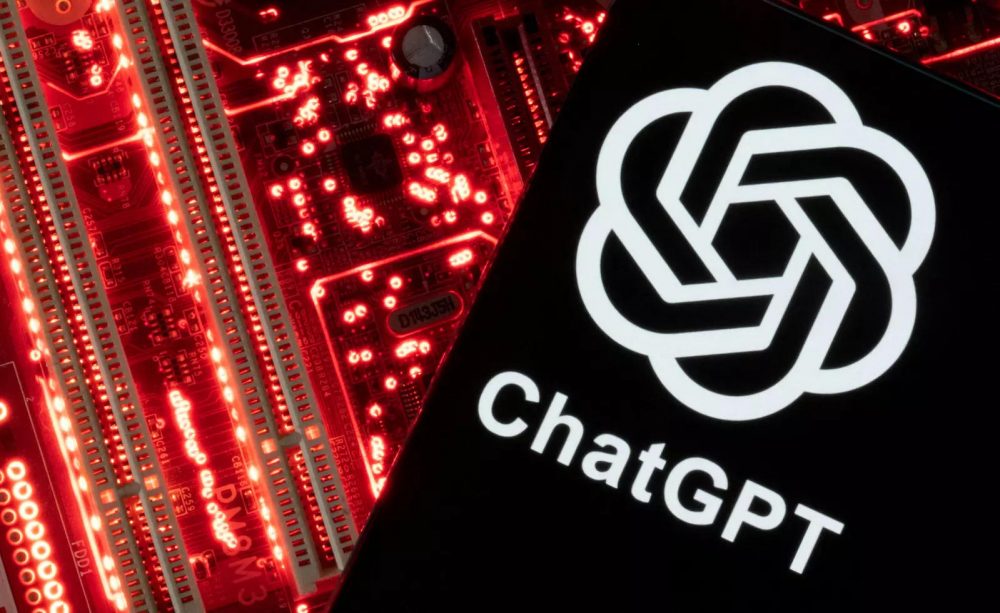GPT 3.5 is a top model of the first version of the artificial intelligence application developed by OpenAI. GPT 3.5, which has been on the agenda since the release of GPT 4 and whose features are curious, was developed in January 2022.
What is GPT 3.5?
The GPT 3.5 model is a fine-tuned version of the GPT 3 (Generative Pre-Trained Transformer). With this model, it is aimed to reduce toxic outputs to a certain extent and to strengthen dialogues. This model has 3 variants, each with parameters 1.3B, 6B and 175B.
The 3.5 models use the same pre-training datasets as GPT 3 with additional tweaks. This fine-tuning phase adds to the previous model a concept called ‘reinforcement learning with human feedback’ or RLHF. Here’s how ChatGPT explains RLHF to a user:
“Imagine you have a robot named Rufus who wants to learn to talk like a human. Rufus has a language model that helps him understand words and phrases.
First, Rufus will say something using his own language model. For example, he might say, “I am a robot.”
Next, a human will listen to what Rufus has to say and give him feedback on whether it sounds like a natural sentence a human would say. The human said, “That’s not quite true, Rufus. People don’t usually say ‘I am a robot’. They may say, ‘I am a robot’ or ‘I am a machine’.”
Rufus will take this feedback and use it to update the language model. He will try to say the sentence again using the new information he has received from the human. This time he can say “I am a robot”.
The human will listen again and give more feedback to Rufus. This process will continue until Rufus utters sentences that sound natural to a person.
Over time, Rufus will learn to speak like a human, thanks to the feedback he receives from people. This is how language models can be developed using RL with human feedback.”

How is GPT 4 different from GPT 3.5?
The new features that distinguish GPT 4, the latest version of the popular artificial intelligence application, from its predecessors are:
- Multi-mode input and output: GPT 4’s ability to handle different types of inputs and outputs could be game changer for AI chatbots like ChatGPT. For example, it could potentially allow chatbots to respond with videos or images rather than just text, which could improve the user experience and make interactions more engaging. However, this feature is limited and still under development.
- Increased capacity for multiple tasks: With its increased capacity to multitask, GPT 4 can potentially streamline and accelerate processes for businesses and organizations that rely on AI technology. For example, GPT 4 can be used to automate customer service queries and process multiple queries simultaneously.
- Improved accuracy: The increased accuracy of GPT 4 can have significant effects on the reliability of information on the internet. Applications such as search engines that rely on GPT 4 can provide more accurate and reliable results, reducing the spread of misinformation and increasing user trust in these applications.
- Enhanced security: OpenAI has been working for more than six months to ensure GPT 4 is secure by improving its monitoring framework and working with experts in sensitive fields such as medicine and geopolitics to provide accurate and secure responses. In its GPT 4 announcement, OpenAI highlighted that the system is “82 percent less likely to respond to requests for disallowed content and 40 percent more likely to generate genuine responses than GPT 3.5.”






